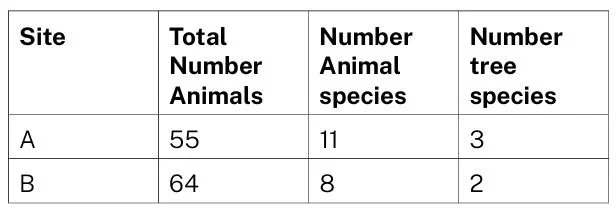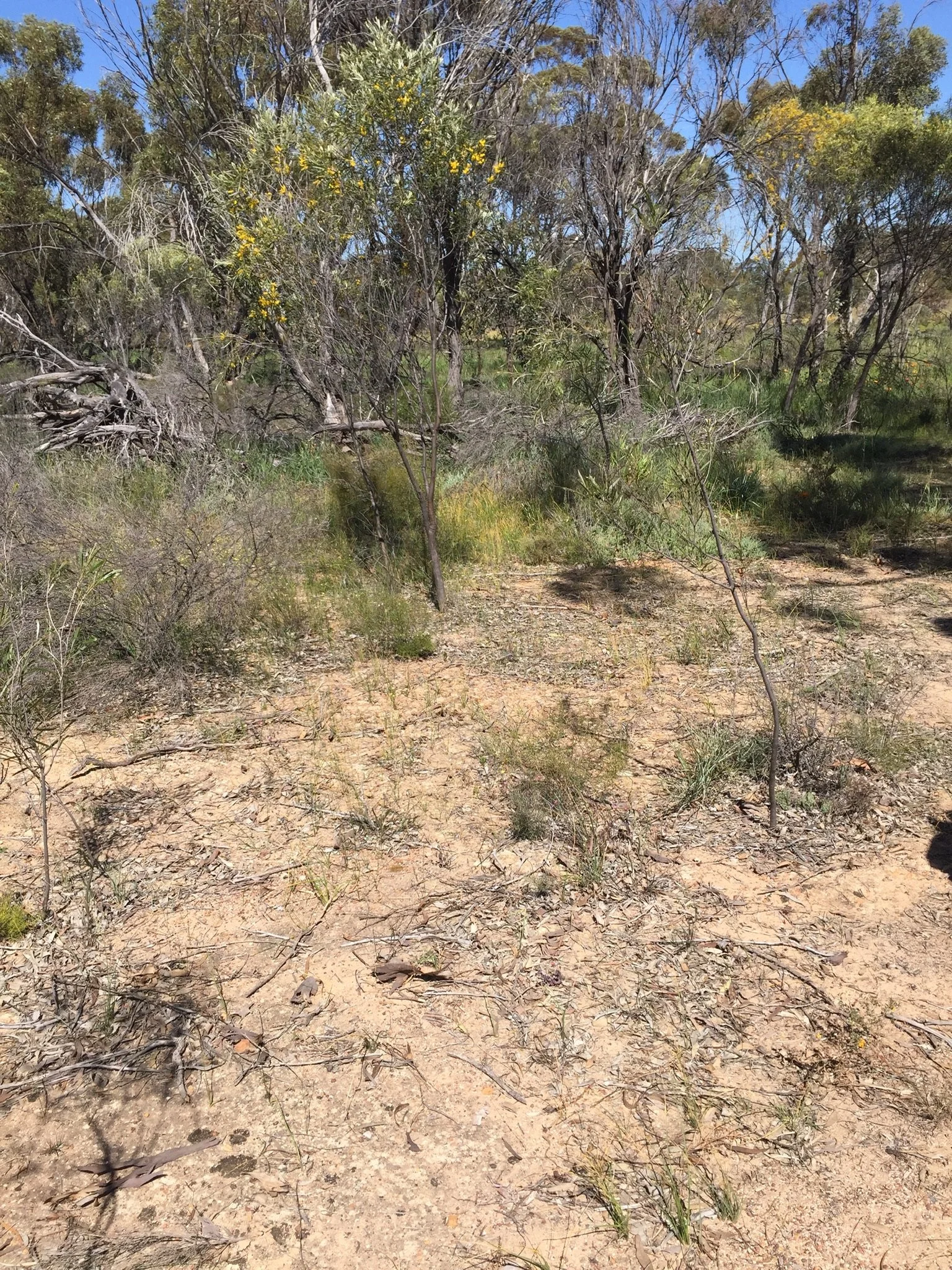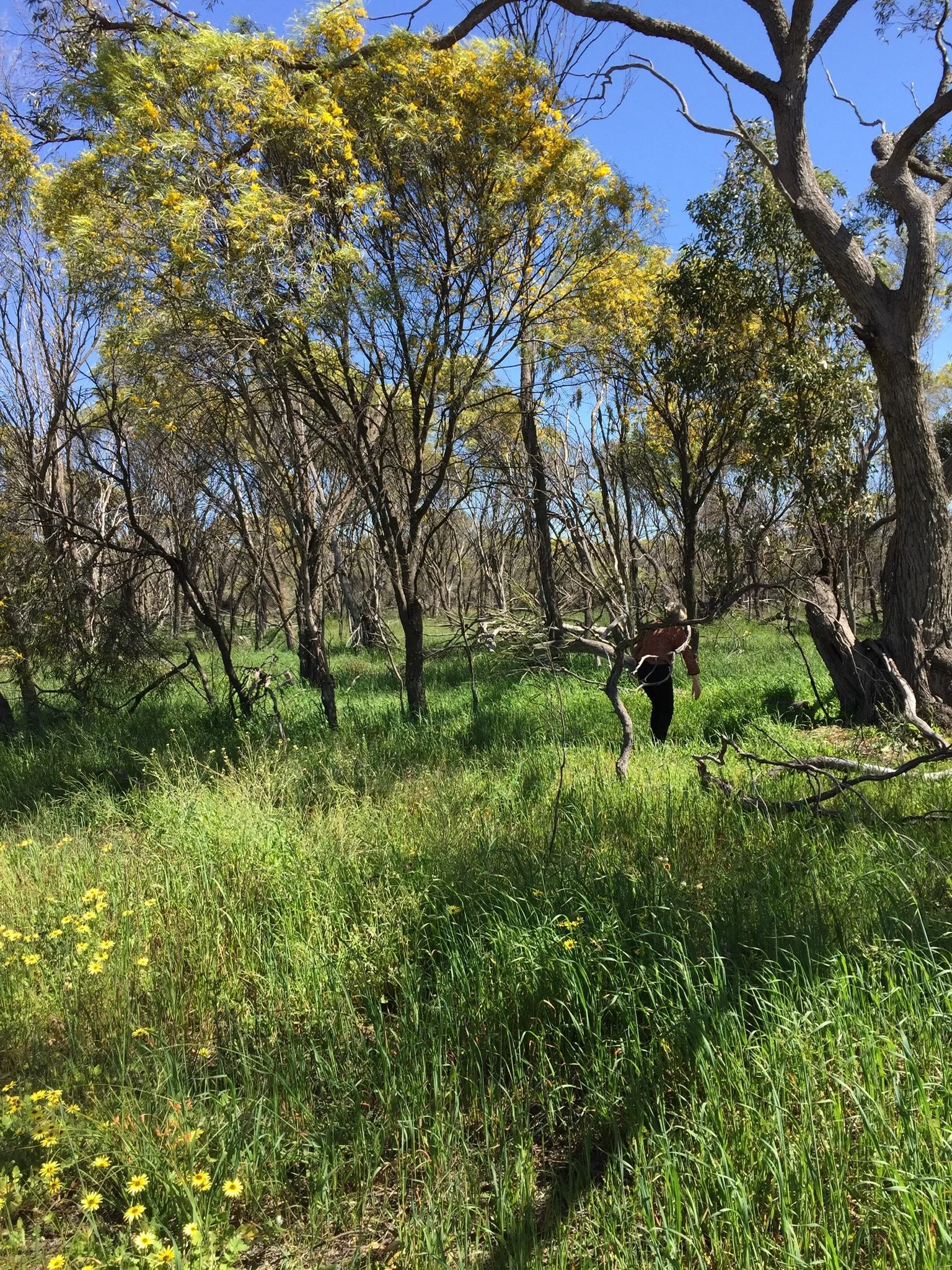In the Classroom
Proving our Hypothesis
Class Graph
“Biodiversity is essential to the natural environment and to human survival, wellbeing, and economic prosperity. A recent survey showed that Australians believe wildlife, forests and natural places are important because they are critical to the balance of nature – and that it is the responsibility of the current generation to leave nature healthy for future generations.”
From Dr Helen Murphy & Professor Stephen van Leeuwen, IN: Introduction – Australia state of the environment, 2021 https://soe.dcceew.gov.au/ biodiversity/introduction
Activity
Compare numbers and types of animals and trees in both sites:
• Add the total number of animals, and animal types (species) (from the Master Table in Activity 6) to WORKSHEET 2 – Biodiversity & Healthy Country. (TOOLBOX).
• Add the total number of trees and number of tree types (species) (class graph, Previous) to the WORKSHEET.
• Count up the number of tree and animal species.
• Students refer to their predictions, and decide which hypothesis was the correct one.
• Have students conclude from their data, which of their sites is the healthier.
Teacher Note: In the example given, although more animals were trapped in Site B (Reserve), the number of different animal species was greater in Site A, therefore, it is the more biodiverse. This unexpected result may be explained by the extensive weed cover in Site B compared with the natural litter (home of the invertebrates) recorded in site A.
Activity
What is ‘healthy’ country?
• Healthy country could be interpreted as a high number of different types (or species) of plants and animals in a particular environment. It is biodiverse.
• It is an advantage for a bush to have a greater number of species. With many different organisms performing similar functions, the provision of food for example, the loss of one will be buffered by the presence of many others. Thus, there is strength in numbers.
• Write up their conclusions in their science notebooks.
Site A, near schoolground
Site B, Community Reserve


